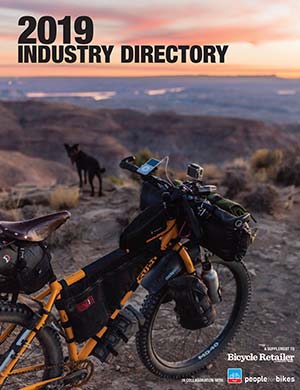KENT, Wash. (BRAIN) — Raleigh USA told its dealers Tuesday that it would begin selling bicycles online to consumers who would then pick them up at a participating Raleigh dealer. Raleigh dealers will also be able to sell bikes valued at more than $1,000 at retail on their own websites.
The move mimics in some ways the current programs announced last year by Trek and in February by Giant.
Qualified Raleigh dealers will receive normal margin when their point-of-sale system has been integrated with Raleigh’s and if they have the model in stock and available to sell.
For bikes not held in stock, or if the dealer’s POS system is not integrated with Raleigh’s, the dealer will receive a commission on the sale based on the dealer’s current program with Raleigh minus the costs of sales incurred. Those costs would include marketing, processing of orders and shipping.
Dealers would then be paid monthly through a credit to their account, which would be applied to the balance. A specific digital dealer agreement will be available by the end of the month.
“We expect this e-commerce program to be fully deployed to all Raleigh retailers as we sign up 2017 programs later this year,” Larry Pizzi, Raleigh USA’s senior vice president, said in three documents emailed to Raleigh dealers.
“We want to find new customers, break down the barriers of entry and invite them into the cycling world,” Pizzi said.
Pizzi said the program would begin in mid-April. “We will launch a click-to-brick website that will offer order fulfillment through authorized Raleigh retail partners,” he said.
In addition Pizzi said that effective March 1, qualified Raleigh dealers can sell Raleigh bikes with an MSRP of more than a $1,000 on their own company websites.
In a separate document included in the email, Pizzi noted that 80 percent of consumers shop online before or during a trip to a store. In addition, 71 percent expect to view in-store inventory availability online and 39 percent are unlikely to visit a store if its inventory is invisible online. More importantly, 50 percent say they expect to buy online and pick up products at the store.
“Many shops are losing consumers without even knowing it; customers today want to make purchases through all channels without an issue, at any time,” Pizzi said.
For more about the Raleigh program, see the April 1 print edition of Bicycle Retailer & Industry News.



